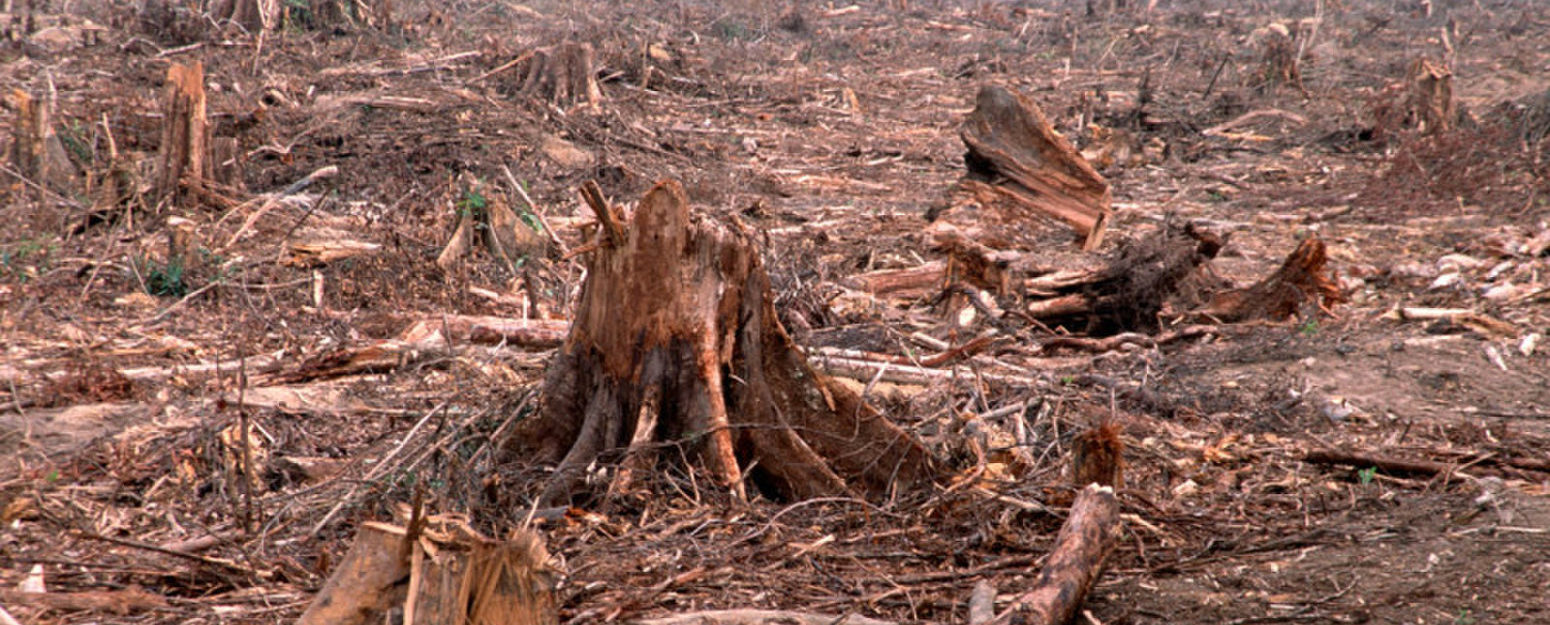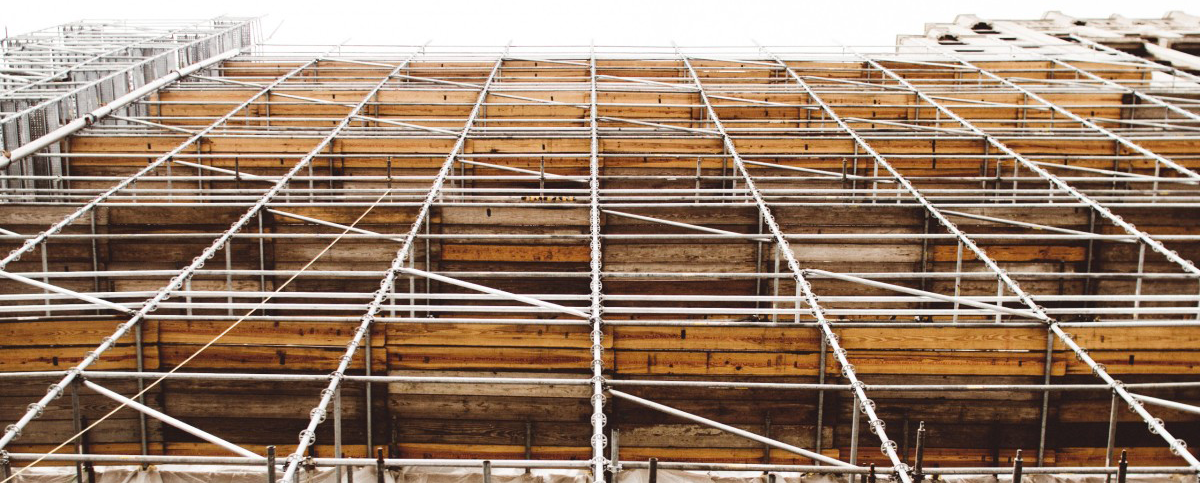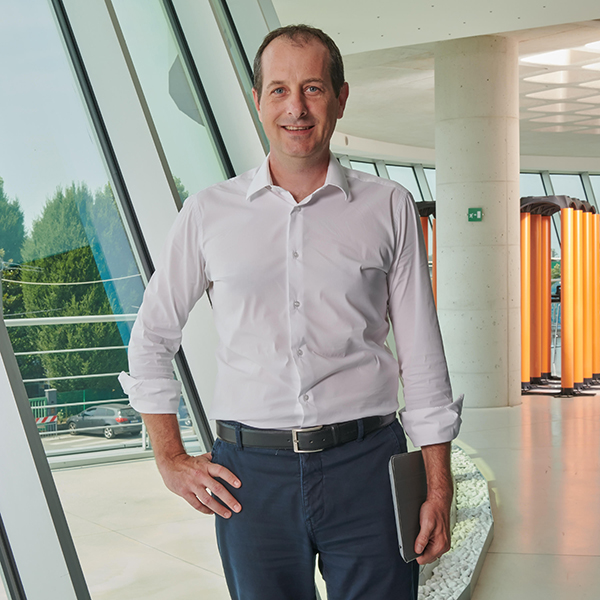Timber formwork is not sustainable
by Nikola Tosic, 22 June 2017

Human societies around the world have used timber as a building material for thousands of years. As wood is the only significant biological building material we are naturally inclined to believe that using wood in construction is good for the environment.
As a matter of fact the environmental benefits of using timber are not straightforward: although it is a natural product, a large amount of energy is used to dry and process it. Much of this can come from the biomass of the tree itself, but that requires investment in plant, which is not always possible in an industry that is widely distributed among many small producers.
Wood is also a major driver of deforestation. About a third of wood extracted from natural forests worldwide is used for timber products. In the countries that account for most of the deforestation, wood products contribute about 10% of the total. Forests—especially tropical forests—store enormous amounts of carbon. When forests are destroyed, that carbon is released into the atmosphere, accelerating global warming. Deforestation accounts for around 10% of total heat-trapping emissions—roughly the same as the yearly emissions from 600 million cars.
When not causing deforestation, timber production drives forest degradation through selective logging, where the more valuable tree species are removed from the forest. This can be more damaging than it sounds: the selective logging of one tree can damage 10 to 20 surrounding trees. Selective logging also makes a forest more vulnerable to fire and other threats and may change its suitability as habitat for some species. Selective logging can also be the first step toward deforestation: degraded forests are more likely than intact forests to be targeted for conversion to other uses.

Despite these considerations, wood remains widely used in the building industry, especially in the Formwork sector. Timber Formworks, in addition to the above mentioned environmental issues, have some disadvantages:
- They are slow to erect and dismantle;
- Not more than 20 or 30 usages are allowed;
- Skilled labor is required;
- They suffer moisture;
- Job-site waste is high.
Replacing timber with other material where possible is, in fact, beneficial to the environment and even has practical advantages in the construction site.
Geoplast chose to realize its Formwork in recycled ABS (Acrylonitrile butadiene styrene) technopolymer, which offers many benefits.
- Low weight: the elements are very light and can be easily handled and installed without product-specific training.
- Reduced consumption: considering that 1 kg plastic = approx. 1 kg of CO2, using Geoplast Formwork saves up to 15 kg CO2 / m2 which would otherwise be produced by burning waste plastic. The low weight of the elements also avoids the use of heavy lifting equipment and large trucks for transport and logistics. This way the energy consumed during its use is much lower compared to timber formwork.
- Durability: the useful lifetime is of at least 100 pours.
- Easy storage: since ABS is a non-porous polymer it is not affected by moisture or water. Geoplast Formwork can thus be stored anywhere, not necessarily in a dry environment, without fear of damage by rot or rust.
